It feels like the world is always changing, and sometimes it’s hard to keep up, especially when it comes to understanding LGBTQ+ lives. There’s a lot of information out there, and maybe some of it feels confusing or even a little scary. But really, it’s all about people. People trying to live their lives, find love, and be accepted. This article is a simple guide to help us all get on the same page, offering a bit more clarity and a whole lot more kindness. We’ll look at what makes LGBTQ+ identities unique, why being a good ally matters, and how we can all help create safer, more welcoming spaces for everyone.
Key Takeaways
- Understanding LGBTQ+ identities means looking beyond simple labels and recognizing the diversity within the community, including the fluidity of sexual orientation.
- Being an ally involves facing personal fears, learning to support LGBTQ+ families, and taking active steps to show solidarity and understanding.
- Creating safe spaces, especially in schools, requires asking the right questions and advocating for environments where LGBTQ+ students feel protected and valued.
- Societal challenges, like anti-LGBTQ+ laws, have real impacts on individuals, and understanding the link between policy and people is key to driving positive change.
- Building connection and trust comes from clear communication and the courage to approach conversations with compassion, even when discussing difficult topics.
Understanding the Nuances of LGBTQ+ Identity
It’s easy to think of the LGBTQ+ community as one big, uniform group, but that’s really not the case. There’s a lot of variety in how people understand themselves and their place in the world. Getting a handle on these differences is key to showing real support.
Challenging Harmful Narratives About LGBTQ+ Youth
Sometimes you hear people say that talking about LGBTQ+ topics with kids is inappropriate, like it’s too adult or something to be hidden away. This idea, though, can actually cause a lot of harm. It makes young people feel like their identity isn’t valid or that they have to keep it a secret. This can lead to serious mental health issues and a feeling of worthlessness. Instead of hiding these identities, we should be celebrating who kids are. Books like Red: A Crayon’s Story or Julian is a Mermaid can be great starting points for conversations about gender identity and expression with younger children. For older kids, there are many more resources available, like books and organizations that offer support and information. It’s about creating a space where young people feel seen and accepted for their true selves, not shielded from who they are.
Exploring the Fluidity of Sexual Orientation
For a long time, people thought sexual orientation was pretty fixed, like you were either straight or gay and that was that. But research and personal stories show it’s often more complex. Some people find their attractions change over time, or they might identify with more than one orientation. Terms like queer have become popular because they can be an umbrella for many different identities that don’t fit neatly into traditional boxes. It’s not about being confused; it’s about recognizing that human attraction and identity can be dynamic. This understanding helps us move away from rigid ideas and embrace a more inclusive view of human experience. It’s important to remember that people’s feelings and identities can evolve, and that’s perfectly okay. Learning about sexual fluidity can help us be more open-minded about ourselves and others.
Recognizing the Impact of LGBTQ+ Erasure
Erasure happens when LGBTQ+ people, their histories, and their experiences are ignored or removed from public view. This can be subtle, like not seeing LGBTQ+ characters in movies, or more direct, like laws that try to ban discussions about LGBTQ+ topics in schools. When this happens, it sends a message that LGBTQ+ lives are less important or don’t exist. This lack of visibility can make people feel isolated and invisible, especially young people who are trying to figure out who they are. It’s like trying to build a house without all the necessary tools – it’s much harder to create something strong and stable. We need to actively work against erasure by seeking out and sharing LGBTQ+ stories and making sure our communities reflect the diversity of the people within them. This helps build a more accurate and compassionate picture of the world we live in. It’s about making sure everyone’s story is told and valued.
The Crucial Role of Compassionate Allyship
Navigating Fear as an LGBTQ+ Ally
It’s totally normal to feel a bit unsure or even scared when you’re starting out as an ally. Maybe you’re worried about saying the wrong thing, or you’re not sure how to respond if someone says something hurtful. That’s okay. The important thing is that you want to learn and support. Think of it like learning any new skill – you start small, you make mistakes, and you get better with practice. Don’t let the fear of imperfection stop you from showing up. Most LGBTQ+ people understand that not everyone is an expert, and they appreciate the effort more than anything.
- Start with listening: Really hear what LGBTQ+ people are saying about their experiences. Don’t interrupt or try to fix it right away.
- Educate yourself: There are tons of great resources out there – books, websites, podcasts. Take the time to learn.
- Be visible: Even small actions, like displaying a pride flag or using inclusive language, send a powerful message.
Fear can be a big hurdle, but remember that your presence and willingness to learn make a real difference. It’s about progress, not perfection.
Becoming a Safety Net for LGBTQ+ Families
Being a safety net means creating a space where LGBTQ+ individuals and families feel secure and loved. It’s about more than just saying you support them; it’s about actively showing up in ways that protect and affirm them. For parents, this might mean correcting a pronoun without making a big deal out of it, or celebrating milestones with genuine joy. It’s about being present and curious, rather than controlling or dismissive. This kind of consistent affirmation builds trust and shows young people that they are truly seen and valued, no matter what.
- Practice active listening: Pay attention to their needs and feelings without judgment.
- Use affirming language: Correct yourself and others when using incorrect pronouns or names.
- Celebrate their identity: Acknowledge and honor their experiences and milestones.
Transformative Allyship in Action
Transformative allyship goes beyond just being supportive; it’s about actively working to dismantle systems that harm LGBTQ+ people and building a more just world. This means understanding the real-world impact of anti-LGBTQ+ laws and policies, and taking action. It’s about moving from feeling overwhelmed by the news to feeling empowered to make a change. Even small actions, when done consistently, can lead to big shifts. It’s about showing up, speaking up, and standing firm for dignity and rights.
- Support LGBTQ+ organizations: Donate time or money to groups working for equality.
- Advocate for inclusive policies: Contact your representatives about issues affecting the LGBTQ+ community.
- Challenge discrimination: Speak out when you witness prejudice or unfair treatment.
Creating Safe and Affirming Environments
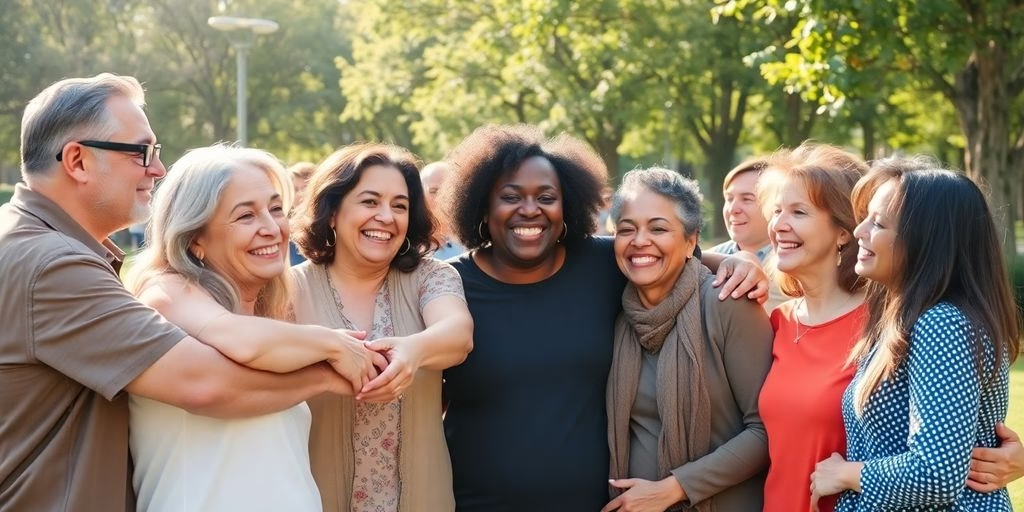
It’s really important that we think about how to make places like schools feel safe and welcoming for everyone, especially LGBTQ+ kids. Sometimes, schools can feel like a minefield for these students, with policies or even just the general vibe not being very supportive. We need to move beyond just saying ‘it’s okay’ and actively build environments where LGBTQ+ youth feel seen, respected, and protected. This isn’t just about avoiding bad things; it’s about creating spaces where they can thrive.
Ensuring School Safety for LGBTQ+ Students
When we talk about school safety for LGBTQ+ students, it’s more than just physical protection. It’s about making sure they aren’t facing bullying, harassment, or discrimination. It means looking at school policies, how staff are trained, and what kind of curriculum is being used. Are there books in the library that reflect LGBTQ+ lives? Are teachers comfortable using correct pronouns? These details matter a lot. We need to ask the tough questions and push for real change.
Fostering Inclusive and Affirming School Climates
Creating an inclusive climate means that every student feels like they belong. For LGBTQ+ students, this can look like having visible signs of support, like pride flags or inclusive posters. It also means having staff who are educated and ready to support them. Think about it: if a student knows their teacher or counselor is a safe person to talk to, that makes a huge difference. It’s about building a culture where diversity is celebrated, not just tolerated.
The Importance of Everyday Affirmation
Affirmation isn’t a one-time event; it’s woven into the fabric of daily interactions. For LGBTQ+ youth, this means consistent, genuine support. It can be as simple as using their correct name and pronouns without hesitation, or celebrating their identity and milestones with joy. It’s about showing up with presence and curiosity, rather than control. These small, consistent acts build trust and create a sense of safety that can be life-changing. Being a consistent source of affirmation is one of the most powerful ways to support LGBTQ+ young people.
We need to remember that safety for LGBTQ+ youth starts with the relationships that hold them. It’s about being present, staying curious, and showing up with compassion in every interaction.
Addressing Societal and Systemic Challenges
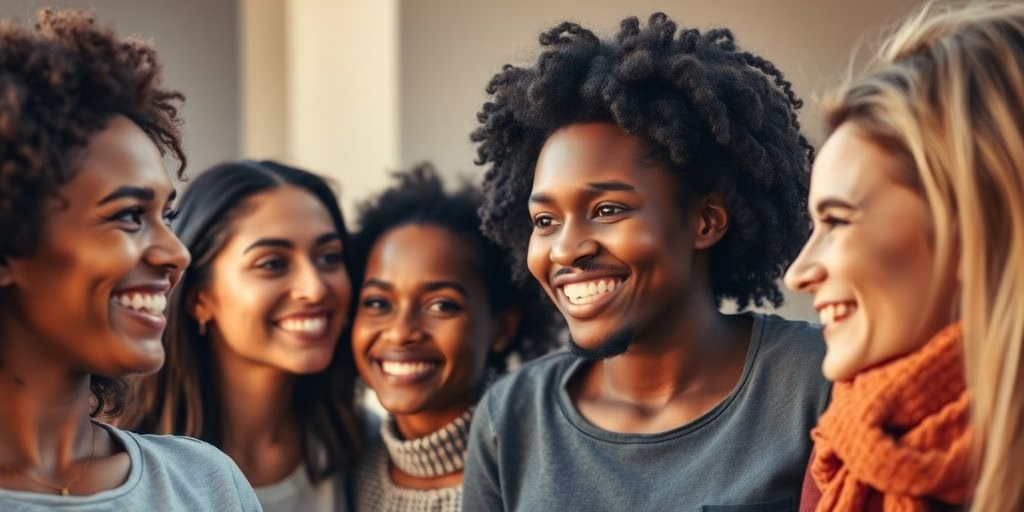
It’s easy to feel overwhelmed by the sheer scale of societal and systemic issues impacting LGBTQ+ individuals. We see headlines about new laws, court decisions, and cultural shifts, and it can feel like a constant battle. But understanding these challenges is the first step toward making a real difference. These aren’t abstract political debates; they directly affect people’s lives, safety, and well-being.
The Real-World Consequences of Anti-LGBTQ+ Laws
When laws are passed that restrict rights or allow for discrimination, the impact is immediate and often devastating. For LGBTQ+ youth, this can mean losing access to supportive school programs, facing increased bullying without adequate protection, or even being denied necessary healthcare. It creates an environment where they feel less safe and less seen. We’re talking about real people, real families, and real struggles that are amplified by these policies. It’s important to look at how these laws affect everyday life, not just the legal text itself. For instance, policies that allow for religious exemptions can lead to people being denied services, which can be incredibly isolating.
Understanding the Connection Between Policy and People
Policies aren’t just words on paper; they shape the reality for individuals and communities. Think about how a state policy might affect a family’s ability to adopt or how it impacts the mental health resources available to young people. It’s a direct line from legislative action to personal experience. We need to recognize that when civil rights are eroded, it’s not just a setback for one group, but a weakening of the fabric of society for everyone. Understanding this connection helps us see why advocating for inclusive policies is so important for human dignity.
Taking Action to Protect LGBTQ+ Rights
So, what can we do? It starts with staying informed and speaking up. Supporting organizations that are working on the front lines is a powerful way to contribute. This could mean donating, volunteering, or simply sharing their work with your network. Educating ourselves and others about the issues is also key. We can also engage with our elected officials, letting them know that LGBTQ+ rights are human rights and that we expect them to uphold them. Even small actions, like using inclusive language or challenging misinformation when we see it, add up. It’s about building a culture of support and actively working to dismantle the systems that cause harm. You can find resources and ways to get involved through groups like the ACLU LGBTQ+ Rights Project ACLU LGBTQ+ Rights Project.
Here are some ways to take action:
- Educate yourself on current legislation affecting LGBTQ+ rights.
- Support organizations advocating for LGBTQ+ equality.
- Speak out against discrimination and prejudice in your community.
- Vote for representatives who champion LGBTQ+ inclusion.
- Share accurate information and challenge harmful stereotypes.
Building Bridges Through Clarity and Connection
Sometimes, it feels like the world is just too complicated, right? Especially when we’re talking about LGBTQ+ lives. It’s easy to get overwhelmed by all the different terms, the history, and the ongoing struggles. But that’s exactly why we need to focus on building bridges, and that starts with clarity and connection. It’s not about having all the answers, but about being willing to learn and to listen. We build understanding by showing up, even when it’s uncomfortable.
Moving from Overwhelmed to Empowered
Feeling swamped by information is totally normal. There’s a lot to take in. But instead of letting that feeling stop you, think of it as a starting point. It means you’re engaged and ready to learn more. We can shift from feeling stuck to feeling like we can actually make a difference. It’s about taking small, consistent steps.
Strengthening Trust and Communication
Building trust with LGBTQ+ individuals, whether they’re friends, family, or colleagues, means being open and honest. It’s about listening more than you speak and validating their experiences. Sometimes, just acknowledging that you’re trying to understand can go a long way. It’s about creating a space where people feel safe to share their truth without fear of judgment. This is especially important for families who might be navigating new territory, and resources like those from the Family Acceptance Project can offer guidance.
Fostering Courageous, Compassionate Connection
Ultimately, this is about connecting with people on a human level. It means being brave enough to have conversations, even when they’re tough. It’s about showing up with kindness and a genuine desire to understand. When we approach these interactions with compassion, we can create real change, one conversation at a time. It’s about recognizing that everyone’s journey is unique, and offering support without trying to fix anything.
Moving Forward with Kindness
Look, understanding the LGBTQ+ community isn’t always easy, and sometimes it feels like there’s a lot to learn. We’ve talked about how important it is to be kind and to really listen to people’s stories. It’s about seeing everyone for who they are and treating them with respect. Simple things, like using the right words or just being there for someone, can make a big difference. Let’s keep learning, keep talking, and keep showing up for each other. That’s how we build a world where everyone feels safe and valued.
Frequently Asked Questions
What does it mean to be an LGBTQ+ ally?
Being an ally means supporting and standing up for LGBTQ+ people. It involves learning about their experiences, challenging unfairness, and making sure they feel safe and respected. Allies don’t have to be LGBTQ+ themselves; they just need to be caring and understanding.
Why is it important to be clear about LGBTQ+ topics?
It’s important to talk openly and honestly about LGBTQ+ topics. This helps clear up confusion and stops rumors. Using the right words, like correct pronouns, and sharing accurate information are key parts of being clear and helpful.
How do laws affect LGBTQ+ people?
Many laws and rules can make life harder for LGBTQ+ individuals. These can affect things like where they can live, work, or get healthcare. Understanding these laws helps us see how they impact real people and why we need to protect everyone’s rights.
How can we make schools and communities safer for LGBTQ+ youth?
Creating safe spaces means making sure schools, homes, and communities are welcoming for everyone. This includes standing up against bullying, making sure LGBTQ+ students have support, and celebrating diversity so everyone feels they belong.
Why might someone be afraid to support LGBTQ+ people, and how can they overcome it?
Sometimes people feel scared when they think about supporting LGBTQ+ individuals, maybe because they’re worried about saying the wrong thing or don’t know enough. It’s okay to feel this way, but learning and talking about it can help overcome that fear and build stronger connections.
Are LGBTQ+ identities always the same, or can they change?
LGBTQ+ identities are not always simple or unchanging. People’s feelings about their sexual orientation or gender can shift over time. It’s important to respect that everyone’s journey is unique and avoid making assumptions.

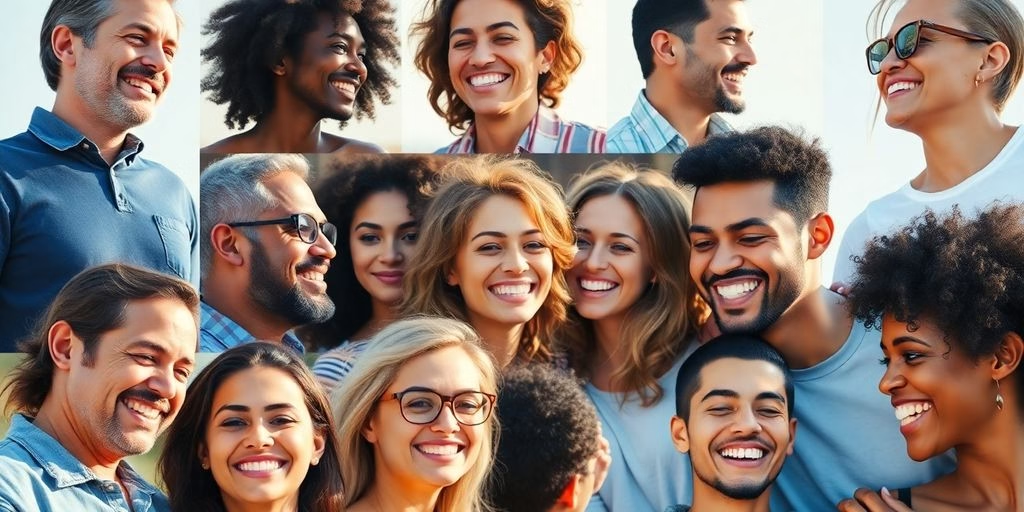
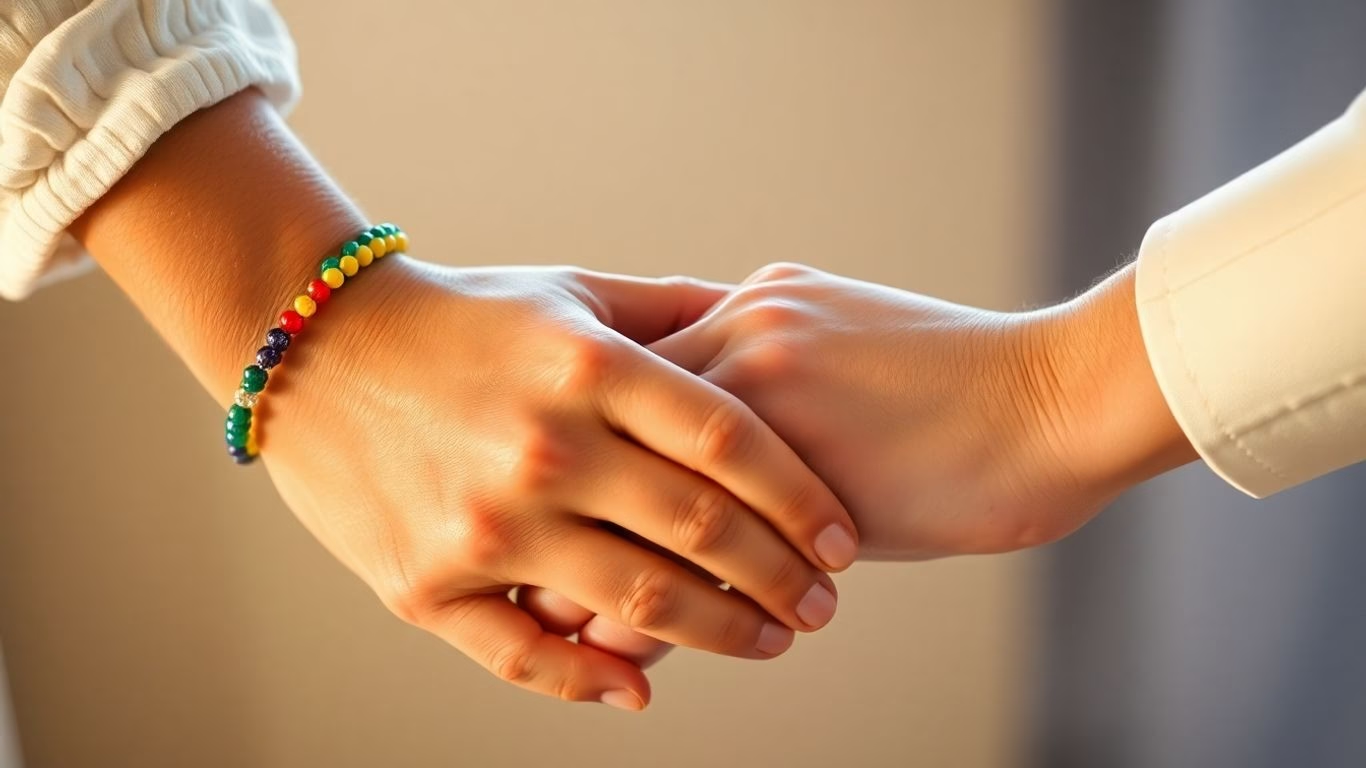
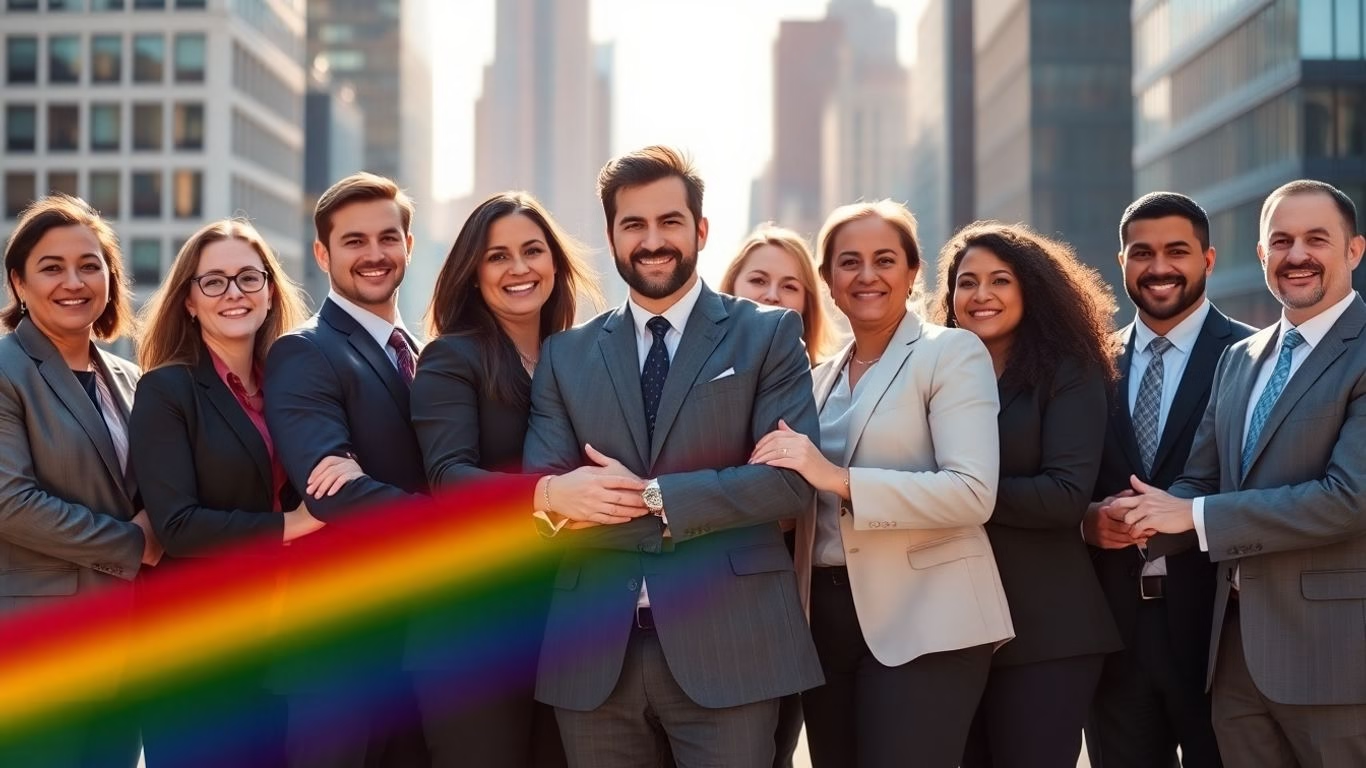
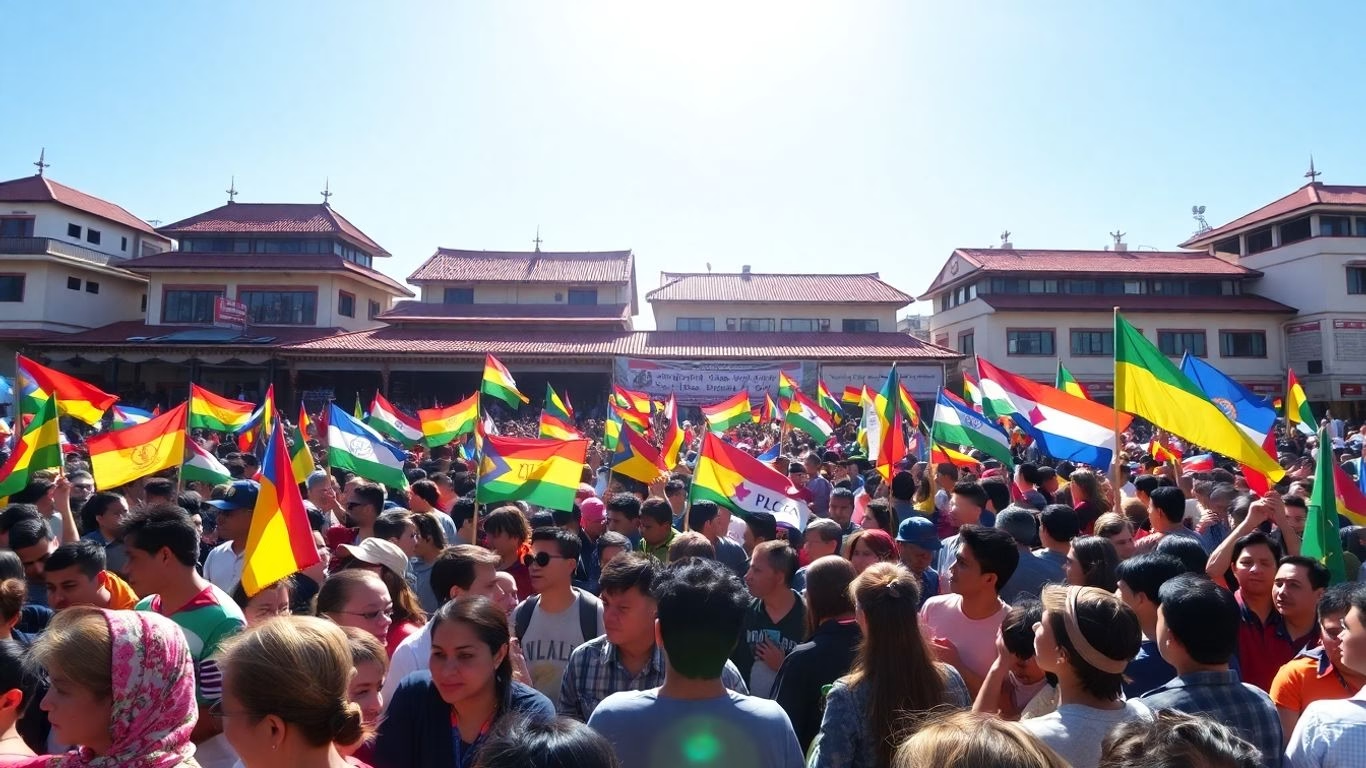
Leave a Reply